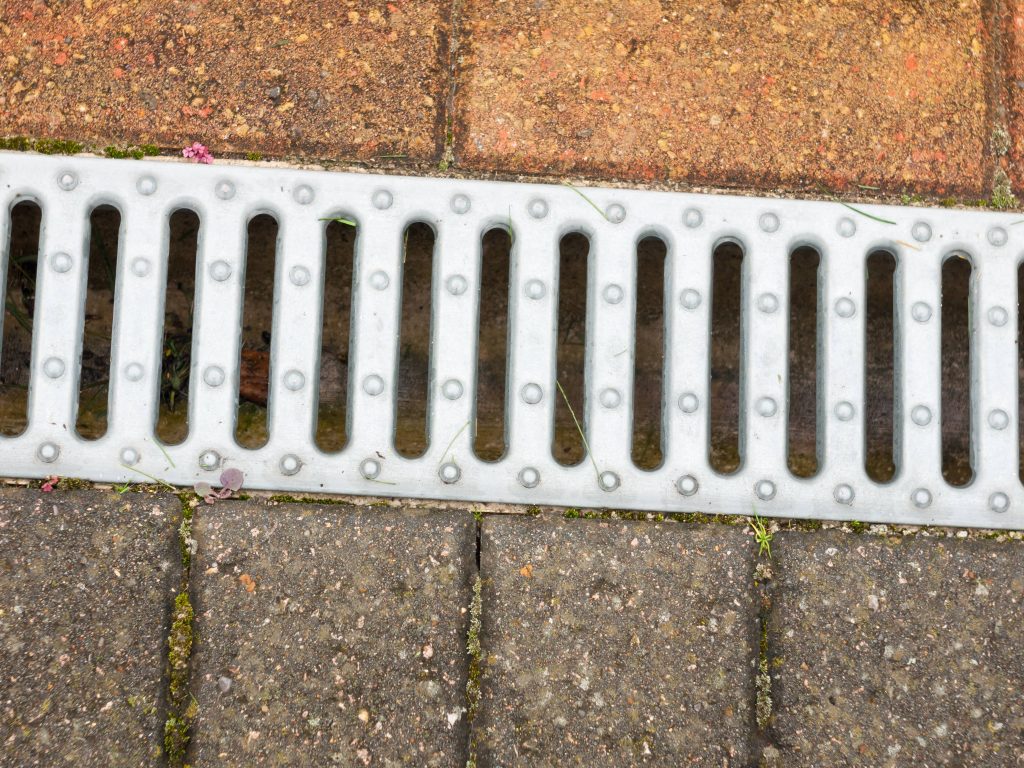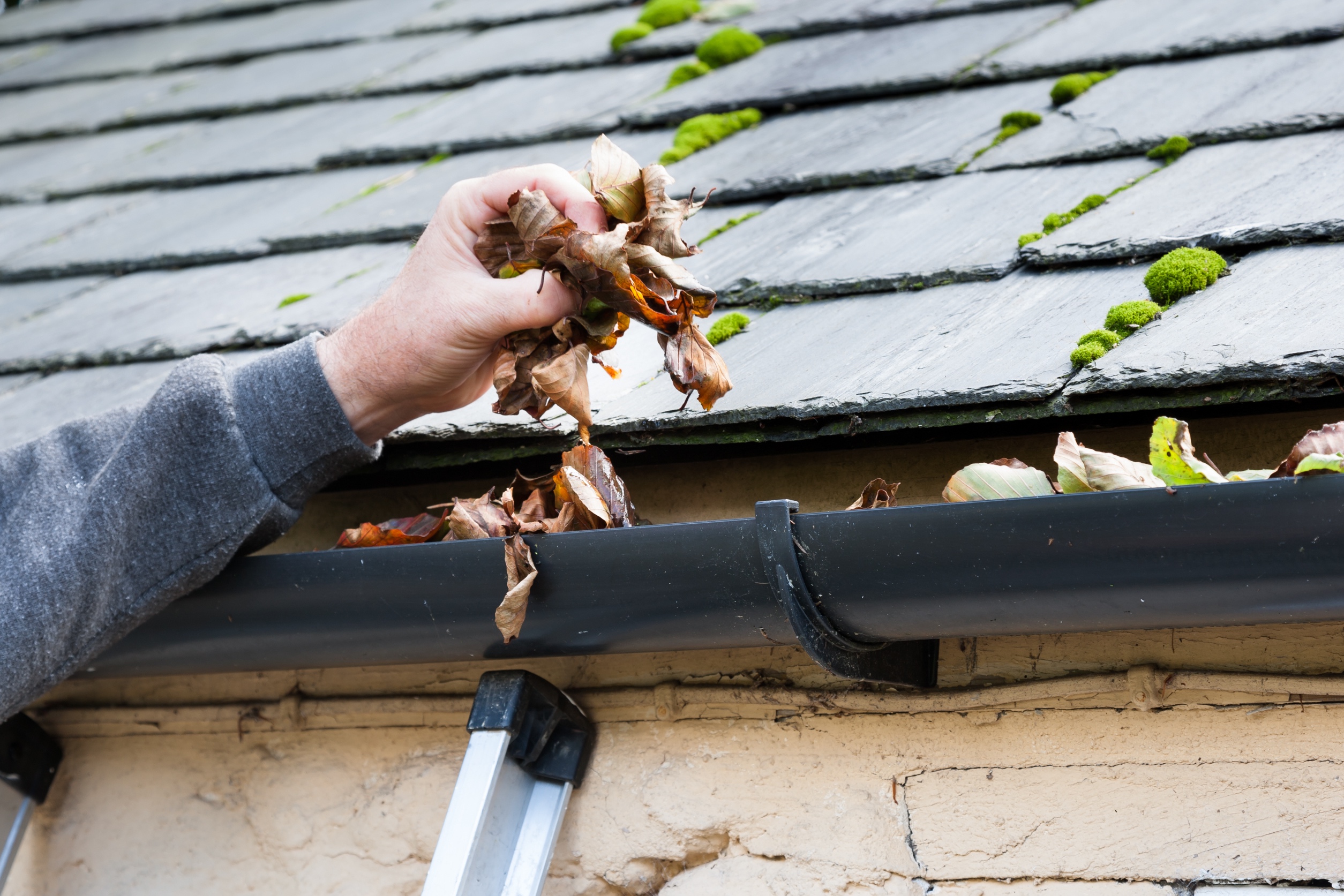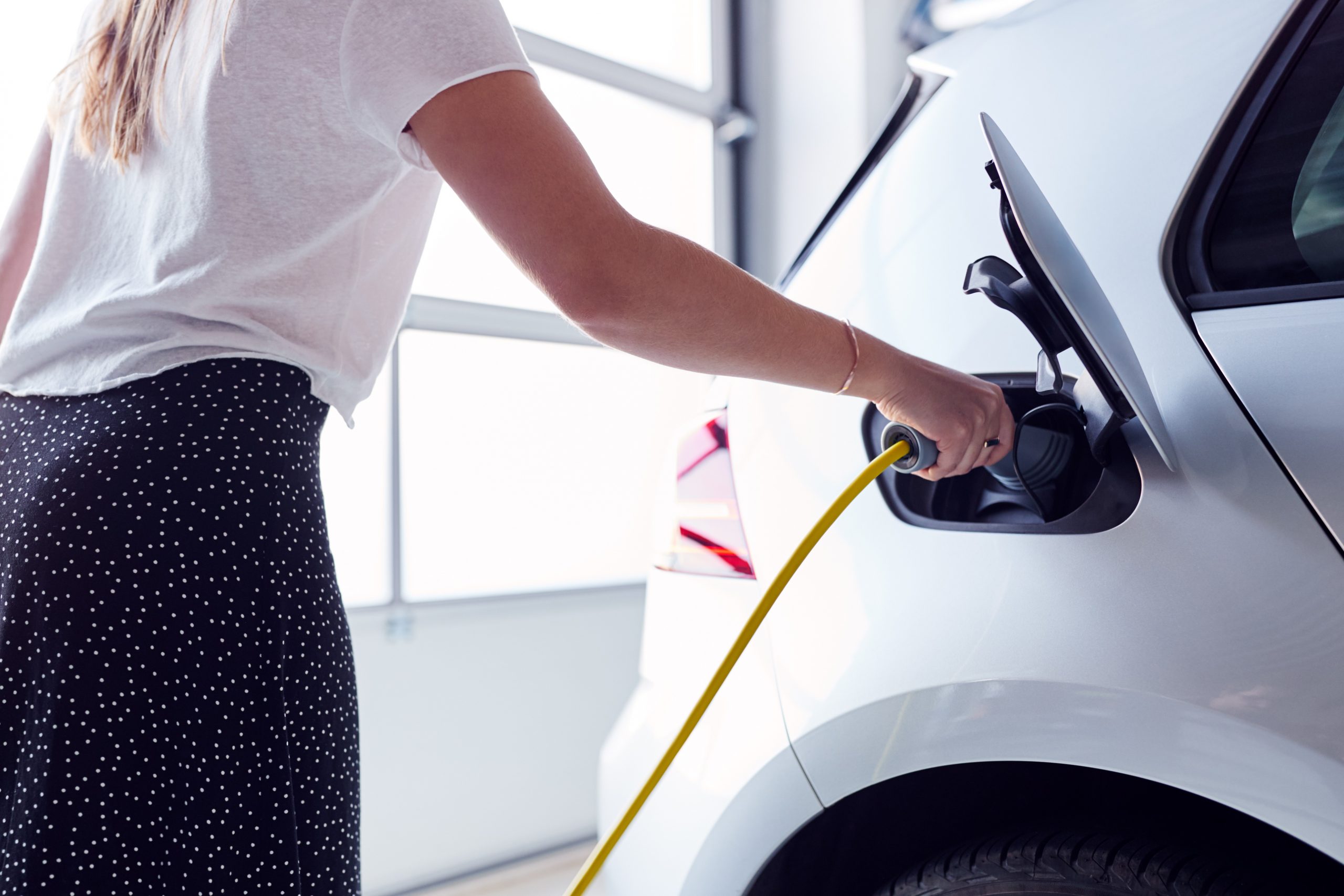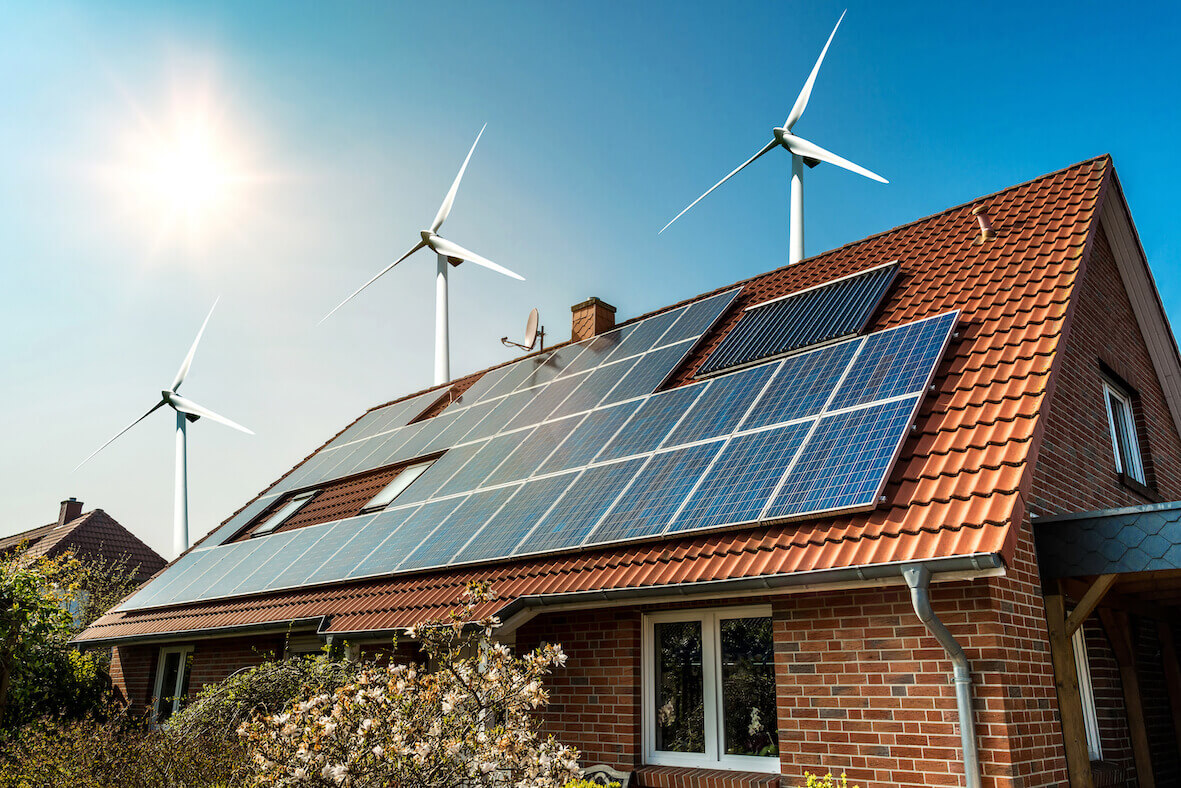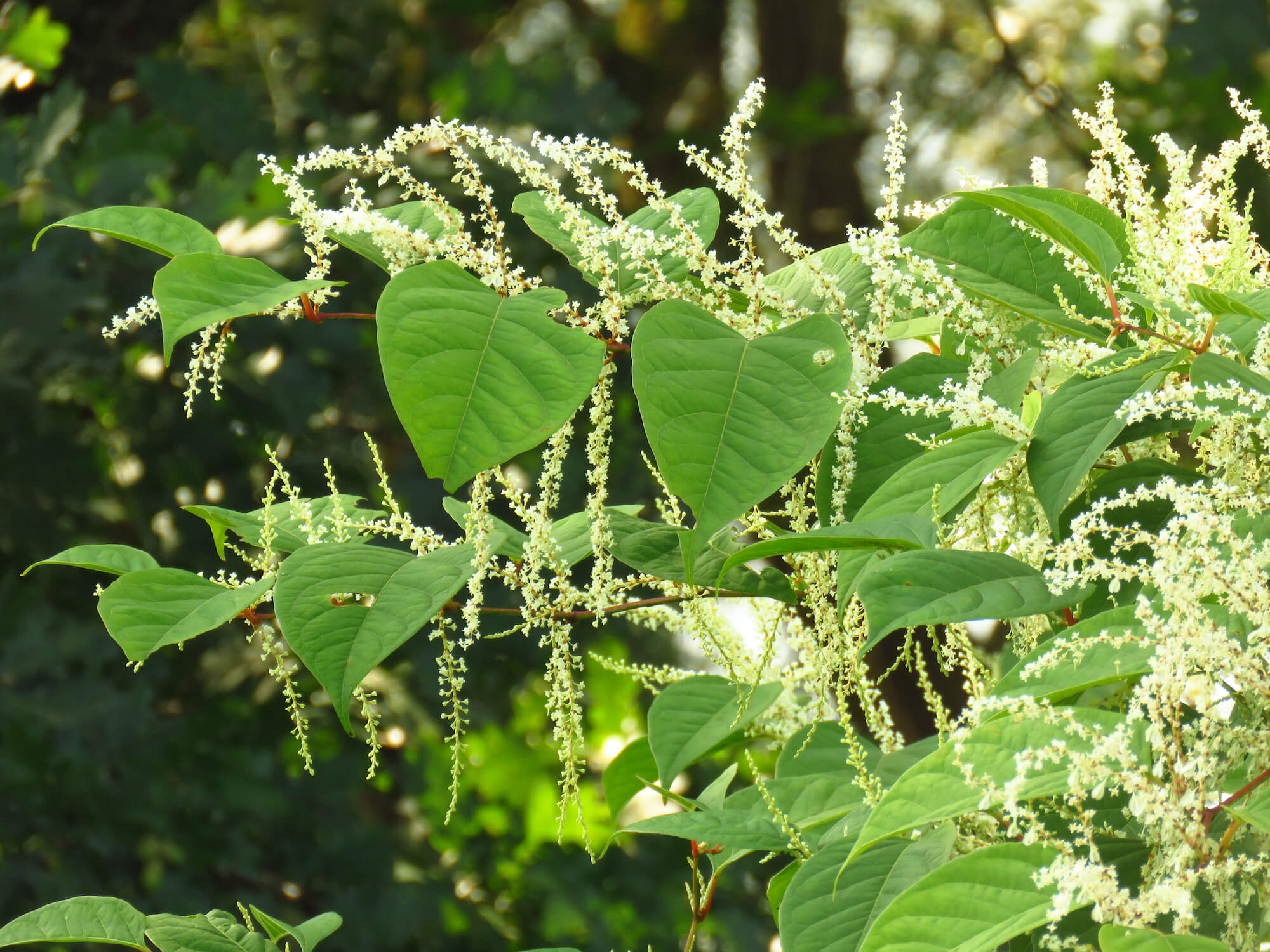Home maintenance guide
Buying your new home is only the first step on your homeownership journey.
Some essential home maintenance will help to maintain the safety, security, value and of your property.
The Royal Institution of Chartered Surveyors (RICS) has compiled a useful guide to basic home maintenance, inside and outside your property.
From clearing the guttering to keeping the flue clear and everything in between, these top tips can help maintain the saleability of your property, whatever its age or style.
Outside the property
You should check the condition of your property at least once a year and after unusual storms.
Routine redecoration of the outside of the property will also give you an opportunity to closely examine the building.
Chimney stacks:
Check these occasionally for signs of cracked cement, split or broken pots, or loose and gaping joints in the brickwork or render. Storms may loosen aerials or other fixings, including the materials used to form the joints with the roof coverings.
Roof coverings:
Check these occasionally for slipped, broken and missing tiles or slates, particularly after storms.
Flat roofing has a limited life and is at risk of cracking and blistering. You should not walk on a flat roof. Where possible keep it free from debris. If it is covered with spar chippings, make sure the coverage is even, and replace chippings where necessary.
Thatch roofs require specialist upkeep by professionals.
Rainwater pipes and gutters:
Clear any debris at least once a year, and check for leaks when it is raining. You should also check for any loose downpipe connectors and broken fixings.
Main walls:
Check main walls for cracks and any uneven bulging. Maintain the joints in brickwork and repair loose or broken rendering. Re-paint decorated walls regularly. Cut back or remove plants that are harmful to mortar and render. Keep the soil level well below the level of any damp proof course (150mm minimum recommended) and make sure any ventilation bricks are kept clear. Check over cladding for broken, rotted or damaged areas that need repairing.

Windows and doors:
Once a year check all frames for signs
Maintain all decorated frames by repairing or redecorating at the first sign of any deterioration. In autumn check double glazing for condensation between the glazing, as this is a sign of a faulty unit.
Have broken or cracked glass replaced by a qualified specialist. Check for broken sash cords on sliding sash windows, and sills and window boards for any damage.

Conservatories and porches:
Keep all glass surfaces clean, and clear all rainwater gutters and downpipes. Look for broken glazing and for any leaks when it’s raining.
Arrange for repairs by a qualified specialist.
Other woodwork and finishes:
Regularly redecorate all joinery, and check for rot and decay which you should repair at the same time.
Check these occasionally for signs of cracked cement, split or broken pots, or loose and gaping joints in the brickwork or render. Storms may loosen aerials or other fixings, including the materials used to form the joints with the roof coverings.
Inside the property
You can check the inside of your property regularly when cleaning, decorating and replacing carpets or floor coverings. You should also check the roof area occasionally
Roof structure:
When you access the roof area, check for signs of any leaks and the presence of vermin, rot or decay in timbers. Also, look for tears to the under-felting of the roof, and check pipes, lagging and insulated areas.
Ceilings:
If you have a leak in the roof the first sign is often damp on the ceiling beneath the roof. Be aware if your ceiling begins to look uneven as this may indicate a serious problem, particularly for older ceilings.
Walls and partitions:
Look for cracking and impact damage, or damp areas which may be caused by plumbing faults or defects on the outside of the property.
Floors:
Be alert for signs of unevenness when you are moving furniture, particularly with timber floors.
Fireplaces, chimney breasts and flues:
You should arrange for a qualified specialist to regularly sweep all used open chimneys. Also, make sure that bricked-up flues are ventilated. Flues to gas appliances should be checked annually by a qualified gas technician.
Built-in fittings:
Check for broken fittings.
Services
- Ensure all meters and control valves are easy to access and not hidden or covered over
- Arrange for an appropriately qualified technician to check and test all gas and oil services, boilers, heating systems and connected devices ones a year
- Electrical installations should only be replaced or modified by a suitably qualified electrician and tested as specified by the Electrical Safety Council (recommended minimum of a ten year period if no alterations or additions are made, or on change of occupancy)
- Monitor plumbing regularly during use. Look out for leakage and breakages, and check insultation is adequate particularly as winter approaches
- Lift drain covers annually to check for blockages and clean these as necessary. Check any private drainage systems annually, and arrange for a qualified contractor to clear there as necessary. Keep gullies free from debris.
Grounds
- Garages and outbuildings: Follow the maintenance advice given for the main building
- Other: Regularly prune trees, shrubs and hedges as necessary. Look out for any overhanging and unsafe branches, loose walls, fences and ornaments, particularly after storms. Clear leaves and other debris, moss and algae growth. Make sure all hard surfaces are stable and level, and not slippery or a trip hazard.
